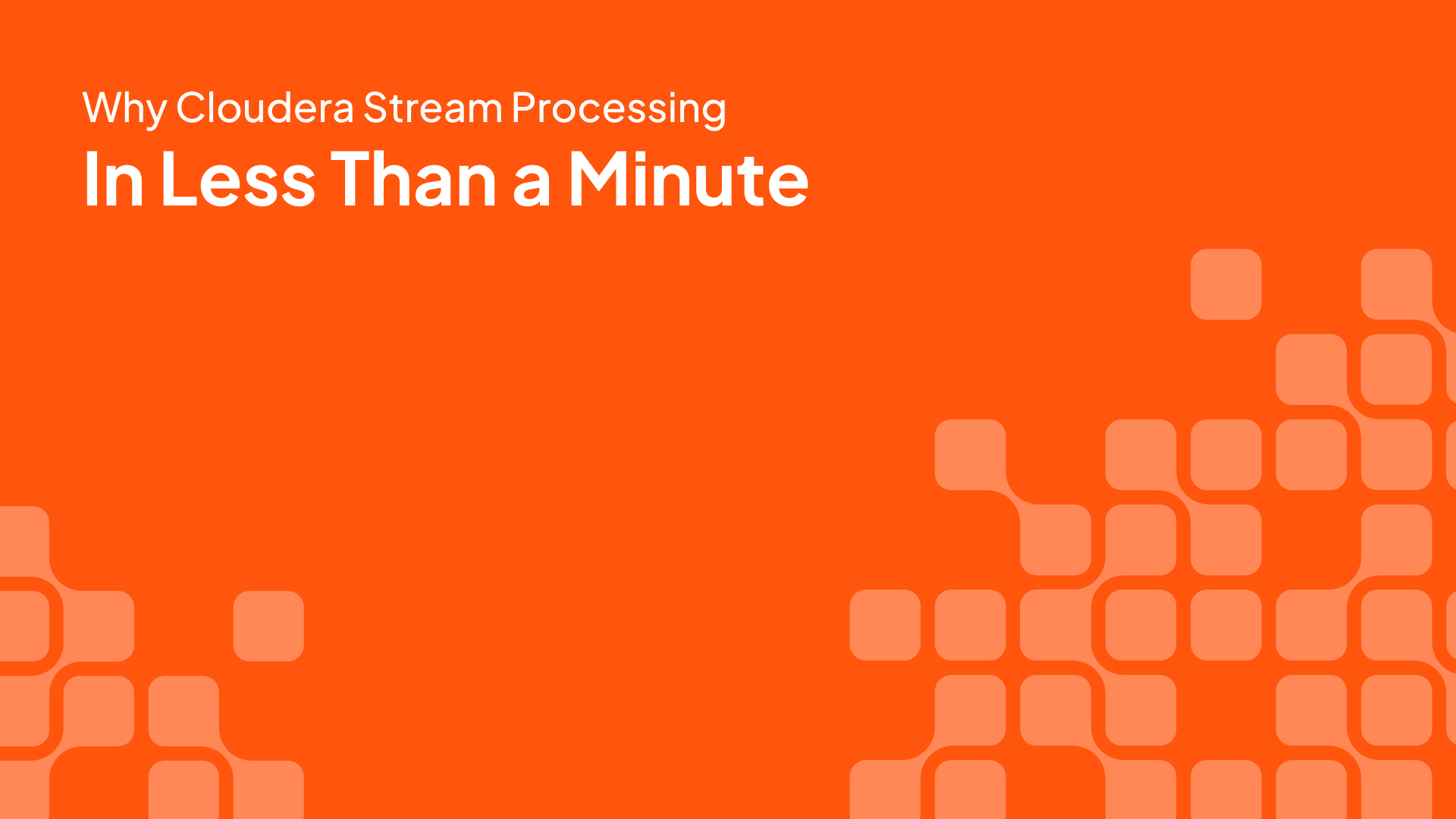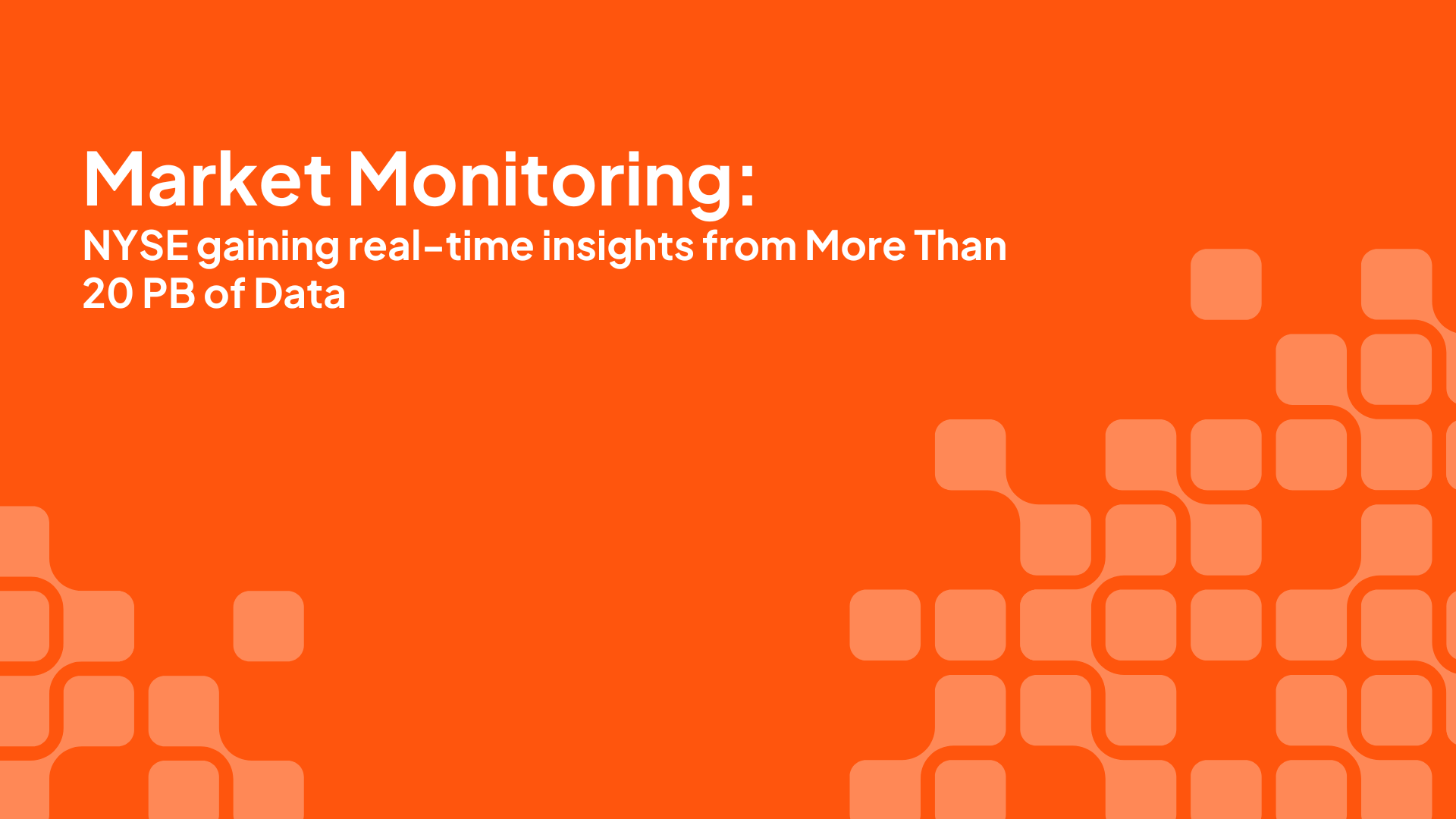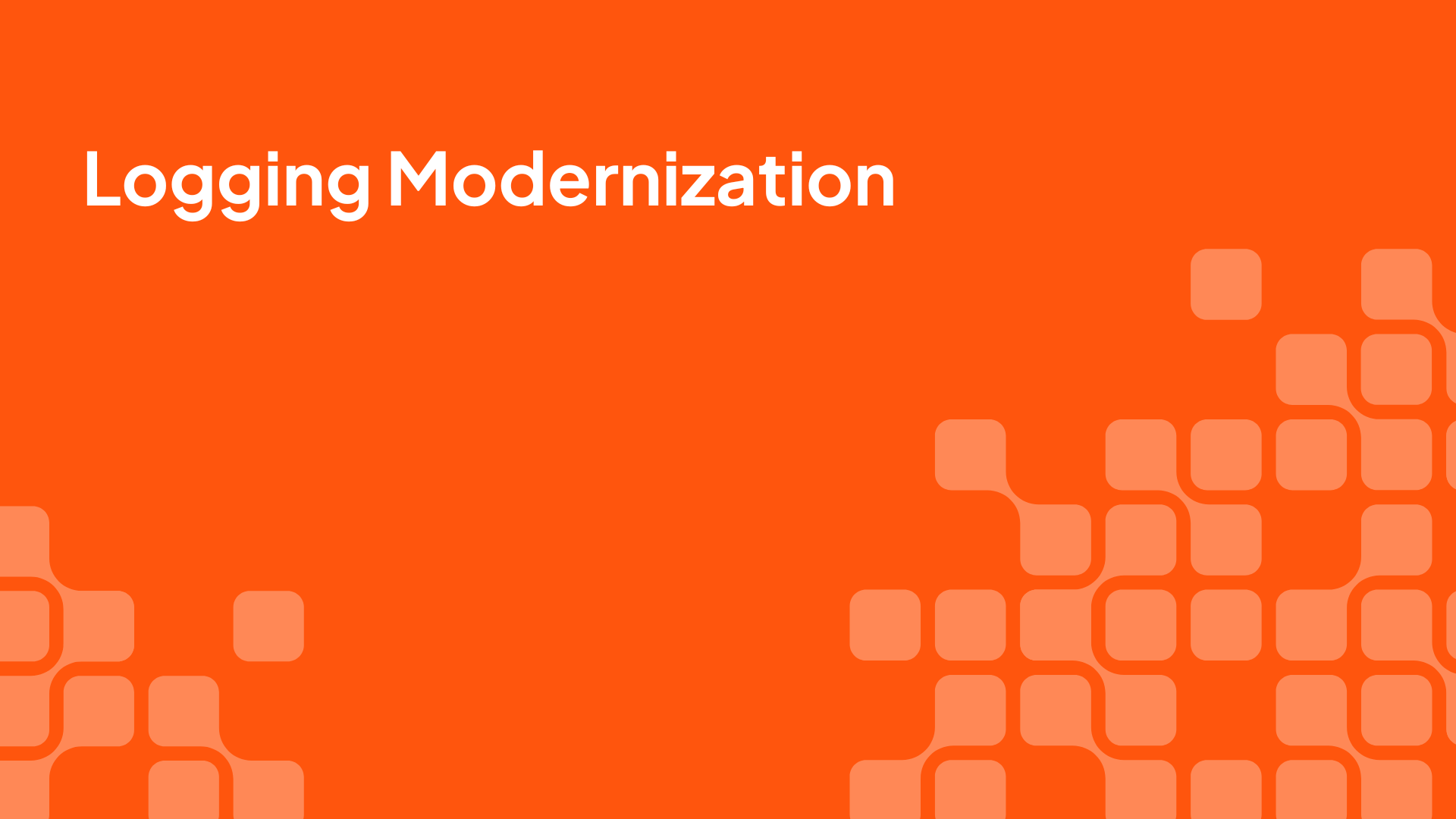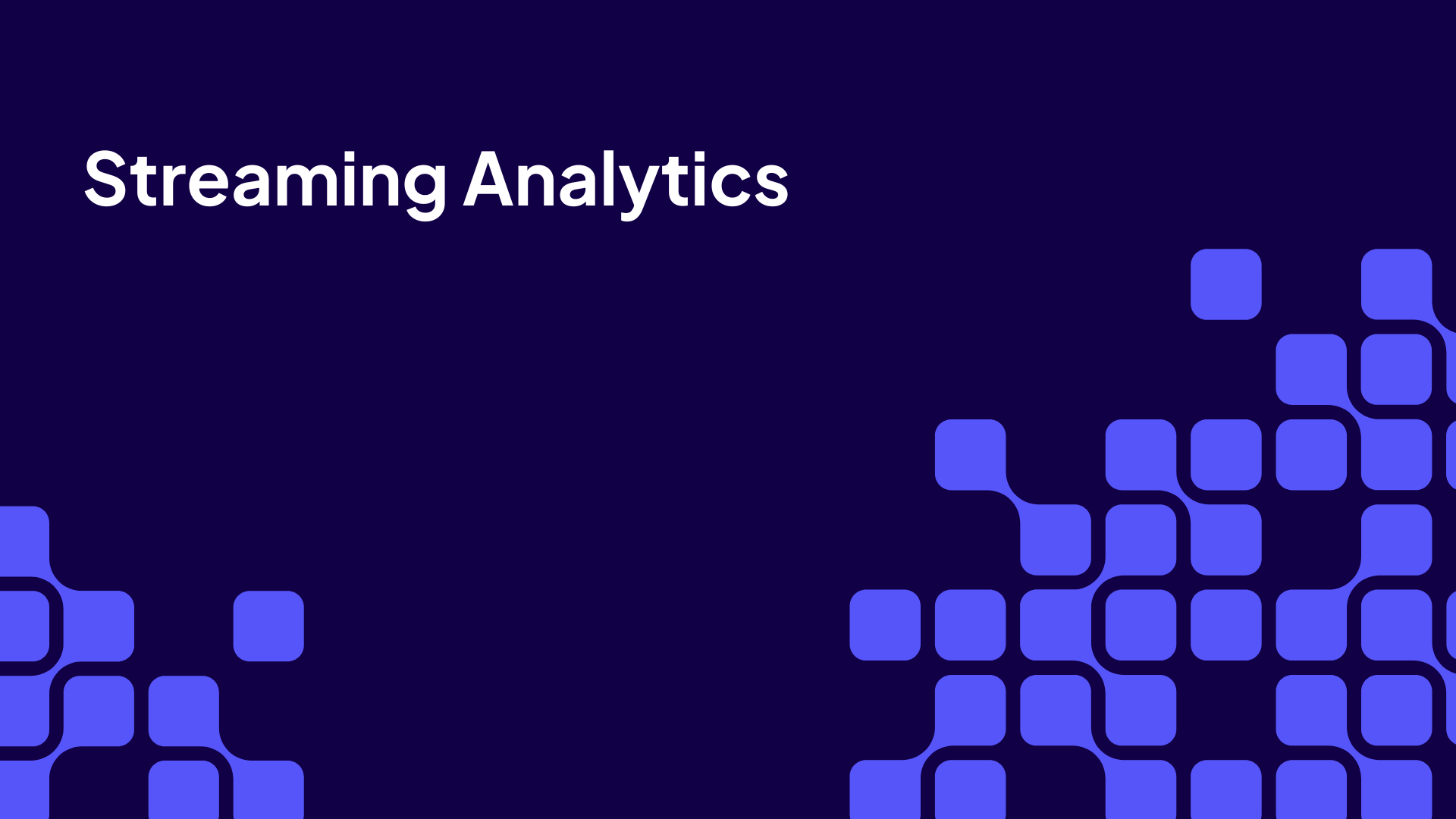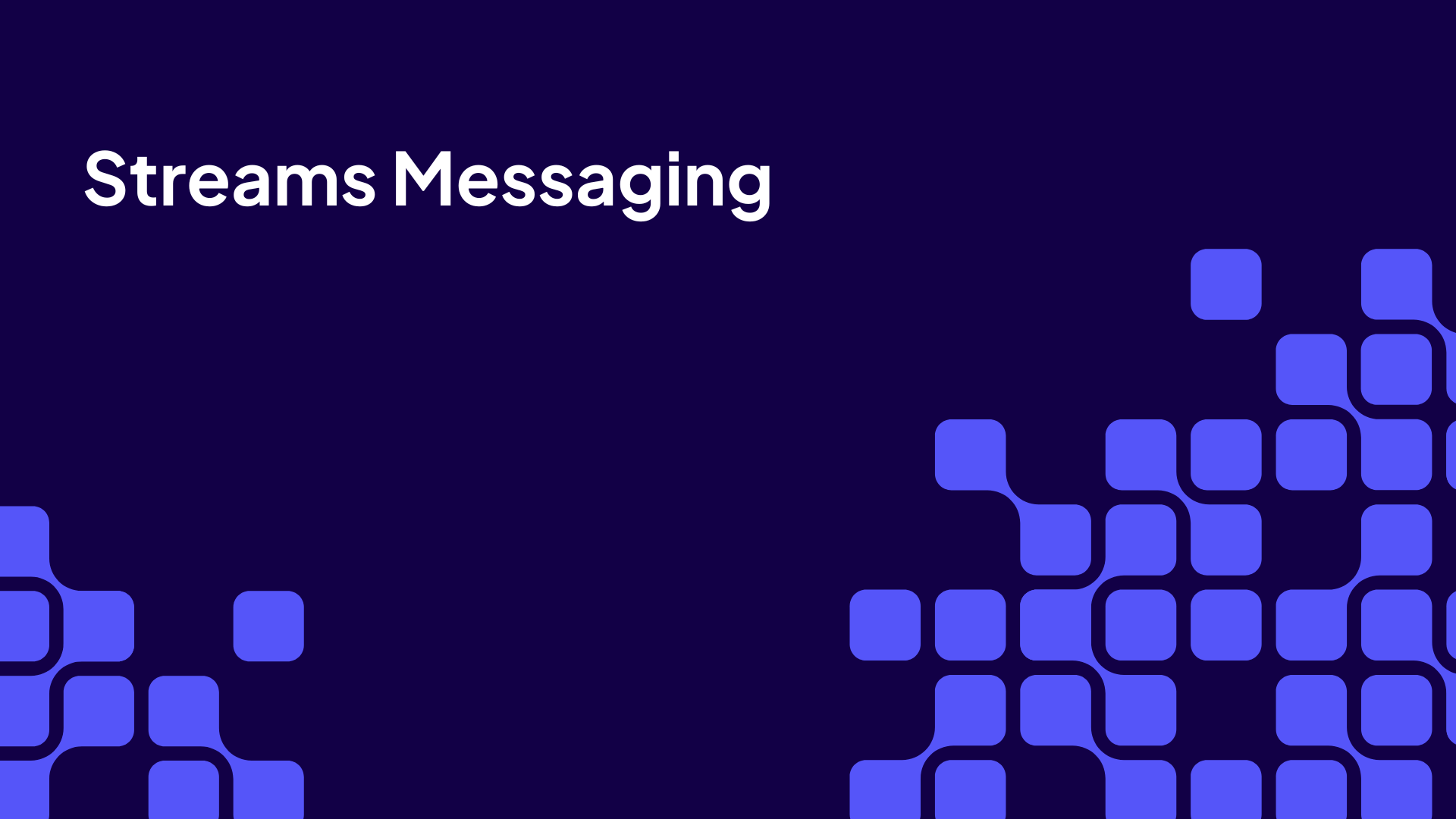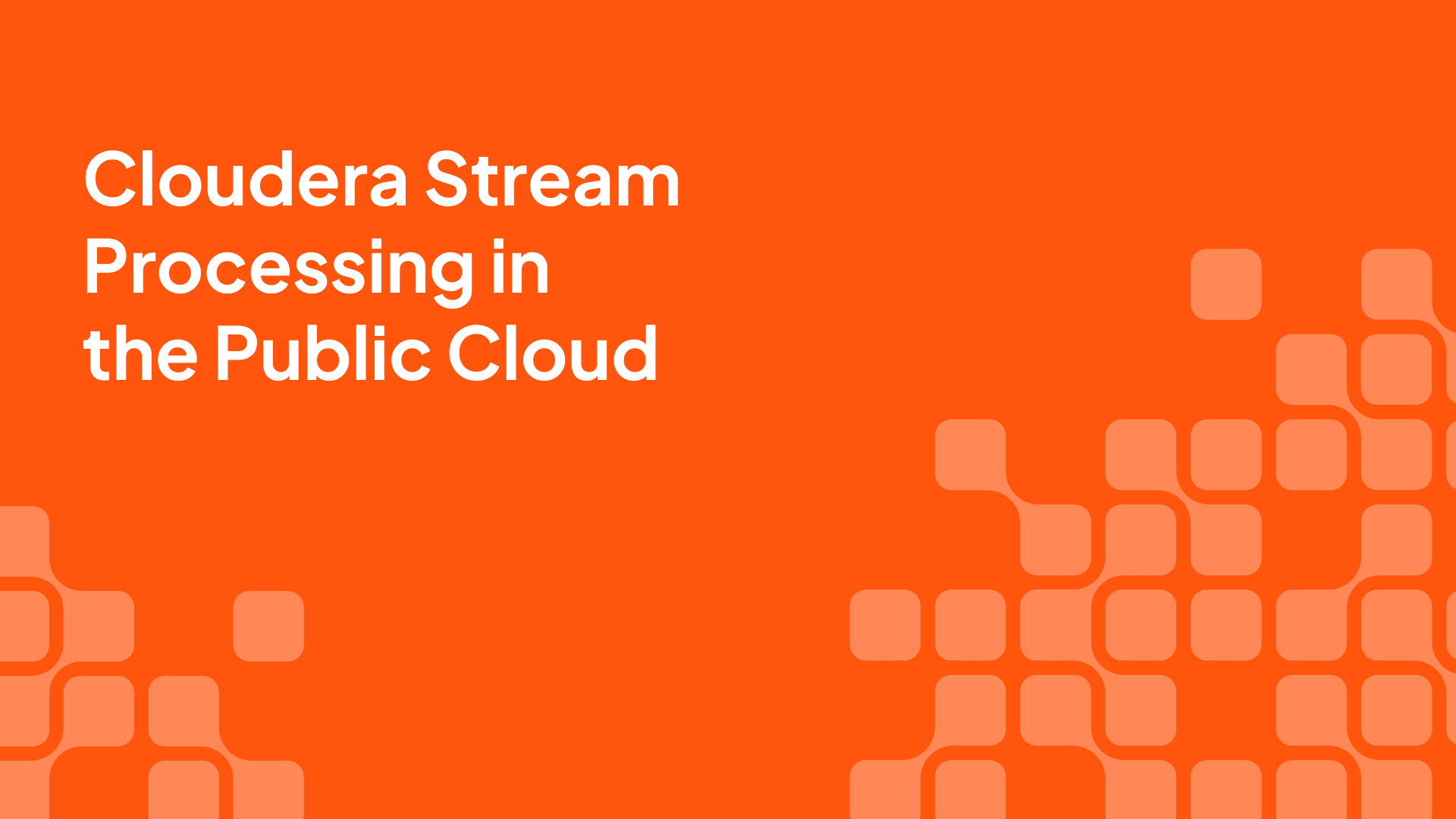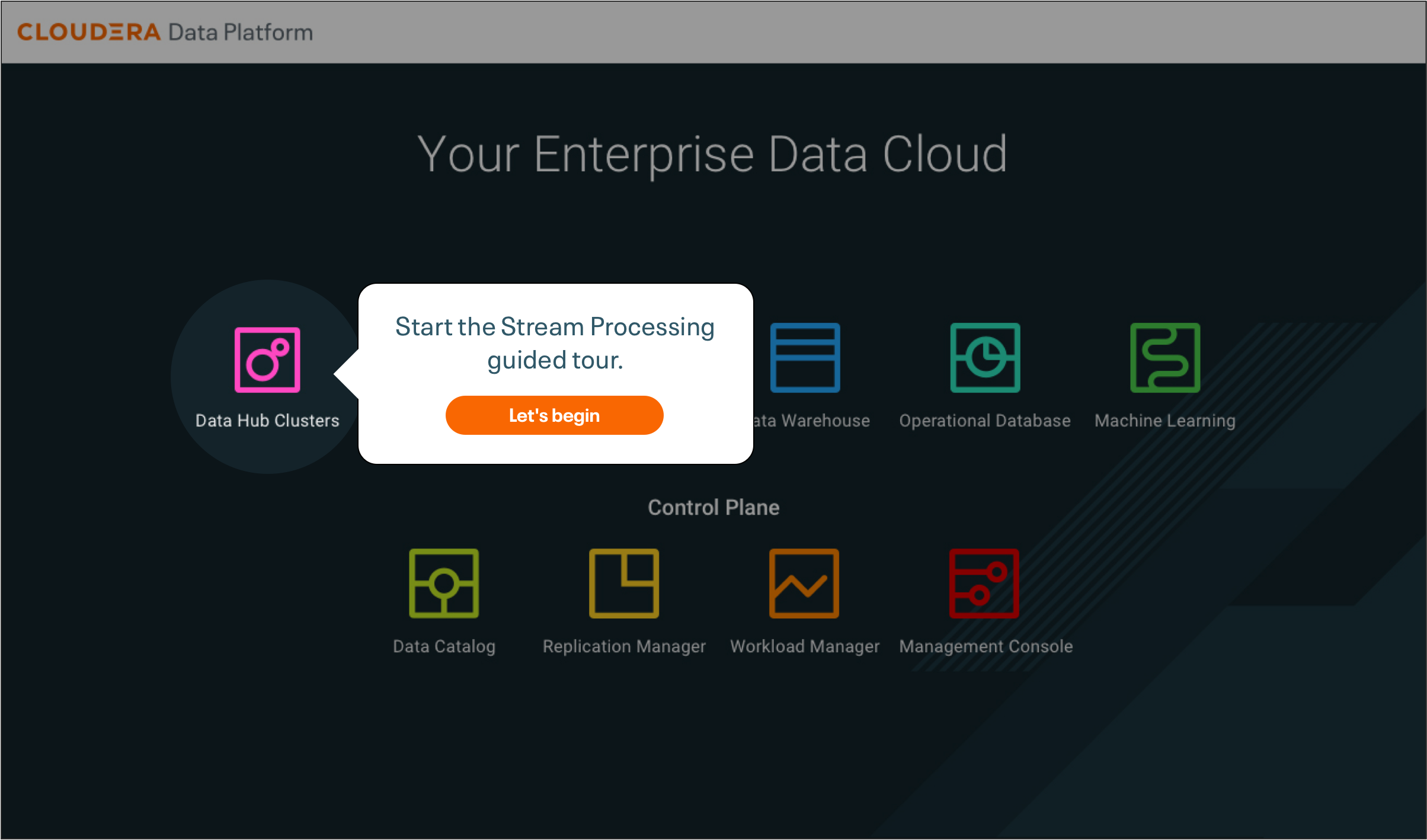Get the details on the Data-in-Motion Kubernetes release Watch the webinar
What is Streaming?
Cloudera Streaming (formerly known as Cloudera Stream Processing) enables customers to turn streams into data products by providing capabilities to analyze streaming data for complex patterns and gain actionable intel.
Streaming is powered by Apache Flink and Kafka and provides a complete, enterprise-grade stream management and stateful processing solution. The combination of Kafka as the storage streaming substrate, Flink as the core in-stream processing engine, and first-class support for industry standard interfaces like SQL and REST allows developers, data analysts, and data scientist to easily build hybrid streaming data pipelines that power real-time data products, dashboards, business intelligence apps, microservices, and data science notebooks.
Use cases like fraud detection, network threat analysis, manufacturing intelligence, commerce optimization, real-time offers, instantaneous loan approvals, and more are now possible by moving the data processing components up the stream to address these real-time needs.
Hybrid streaming data pipelines powered by Cloudera Streaming
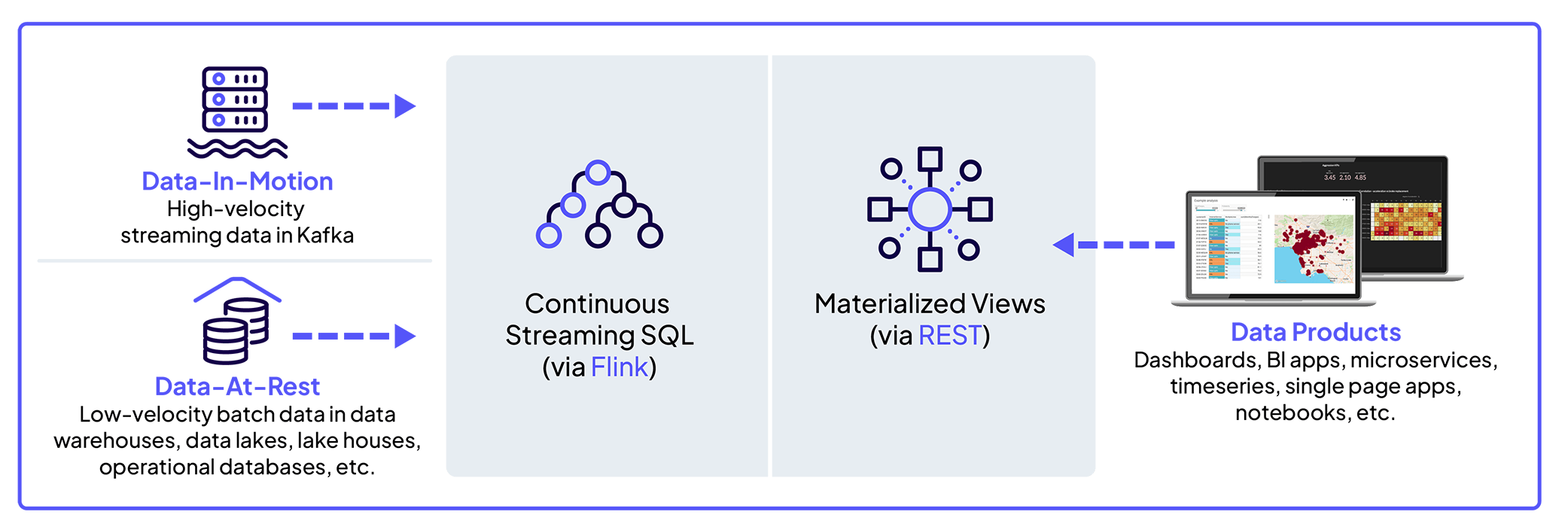
Cloudera Streaming use cases
- Fraud Detection
- Customer Analytics
- Market Monitoring
- Log Analytics
Fraud detection
Prevent millions of dollars in loss due to financial fraud by detecting it proactively.
Enterprises across retail, financial services, and other sectors struggle to protect customer data and prevent financial fraud from happening. Cloudera Streaming's capabilities can process real-time streams of customer transactions, identify patterns, create predictive alerts, and uncover actionable intelligence to prevent potential fraud.
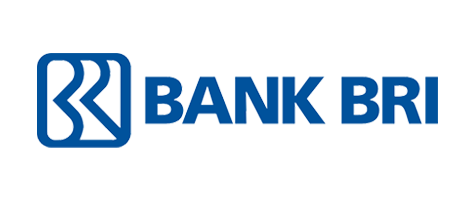
Using big data, AI, and ML to better understand customers
Achieved a 40 percent reduction in fraud.
Customer analytics
Real-time customer analytics improves engagement, retention, and satisfaction
Every organization needs real-time analytics to improve customer engagement but struggles to implement it due to an excessive volume of data. Cloudera Streaming enables customer analytics by processing massive amounts of data with subsecond latencies while detecting customer interactions and recommending better offerings in real time.
Enhancing customer experience with data-driven automation
Achieved a 50 percent data volume decrease by only paying for data streams to transmit once.
Market monitoring
Handle millions of trades a second and scale to petabytes of financial information.
Financial stock exchanges face challenges with customer demands for real-time reporting and faster SLA requirements. Yet, petabytes of data must be processed to deliver these services. Cloudera Streams Messaging can easily stream high volumes of data so stock exchanges can quickly create market-driven real-time analytics and meet the increasingly demanding SLAs.

World’s fastest stock exchange leverages real-time analytics to improve data governance and industry SLA’s
95% reduction in operational costs.
Log analytics
Modernize your logging infrastructure to get real-time analytics.
Log data is increasingly valuable to enterprises. But IT organizations are struggling with effective log collection processes, distributing relevant information upstream, and generating key metrics. Cloudera Streaming's capabilities help scale up log processing, deliver real-time insights across the firm, and significantly reduce operating costs.

Enabling the digital lifestyle of mobile customers with a modern analytic environment
9600PB of mobile data volume managed
Cloudera Streaming capabilities
-
Streaming Analytics powered by Apache Flink
-
Streams Messaging powered by Apache Kafka
Streaming Analytics
Powered by Apache Flink with SQL Stream Builder, Cloudera Streaming Analytics provides:
- Low-latency stream processing capabilities
- Simplifies development by enabling users to write streaming applications with industry standard SQL and APIS via REST endpoints
- Advanced windowing techniques to build sophisticated event-driven analytics
- Support for multi-cloud and hybrid cloud models
Key features
Streams Messaging
Powered by Apache Kafka, Cloudera Streams Messaging provides:
- Streams Messaging Manager to monitor/operate clusters
- Streams Replication Manager for HA/DR deployments
- Schema Registry for centralized schema management
- Kafka Connect for simple data movement and change data capture and Cruise Control for intelligent rebalancing and self healing
- Support for multi-cloud and hybrid cloud models
Key features
Any data, anywhere, with flexible deployment options.
Cloudera Streaming in the cloud
Cloudera features a complete set of integrated stream processing capabilities that can be deployed in the public cloud to scale efficiently.
Cloudera Streaming is built on Apache Kafka and Apache Flink engines with enterprise-grade tooling to simplify deployment and management.
Streams Messaging Manager extends Apache Kafka with a set of capabilities to address schema governance and monitoring, disaster recovery, intelligent rebalancing, and robust access control and audit.
SQL Stream Builder extends Apache Flink with a powerful SQL Console that lets SQL analysts query streaming data as well as collaborate and version control processing logic for downstream applications.
Cloudera Streaming on premises
Cloudera can be deployed on premises with streaming data to control costs and minimize latency for real-time pipelines and applications. Cloudera Streaming integrates Apache Kafka and Apache Flink with enterprise tooling needed to manage these deployments.
Cloudera Streaming - Kubernetes Operators
Cloudera Streaming capabilities are also available as Kubernetes Operators that can be deployed independently via existing Kubernetes clusters, making it even easier to deploy and scale Kafka to the enterprise. The Kubernetes operator ships with Kafka, Cruise Control, and Zookeeper, enabling streaming use cases on Kubernetes with a robust message broker service, and Flink and SQL Stream Builder, providing a modern distributed stream processing engine to build real-time streaming application that run natively on containers.
Cloudera Streaming Community Edition
Cloudera Streaming Community Edition makes developing stream processors easy and can be done right from your desktop or any other development node.
Analysts, data scientists, and developers can now evaluate new features, develop SQL-based stream processors locally, and develop Kafka Consumers/Producers and Kafka Connect Connectors, all locally before moving to production.
Get up and running in 5 minutes with the Streaming Community Edition.


